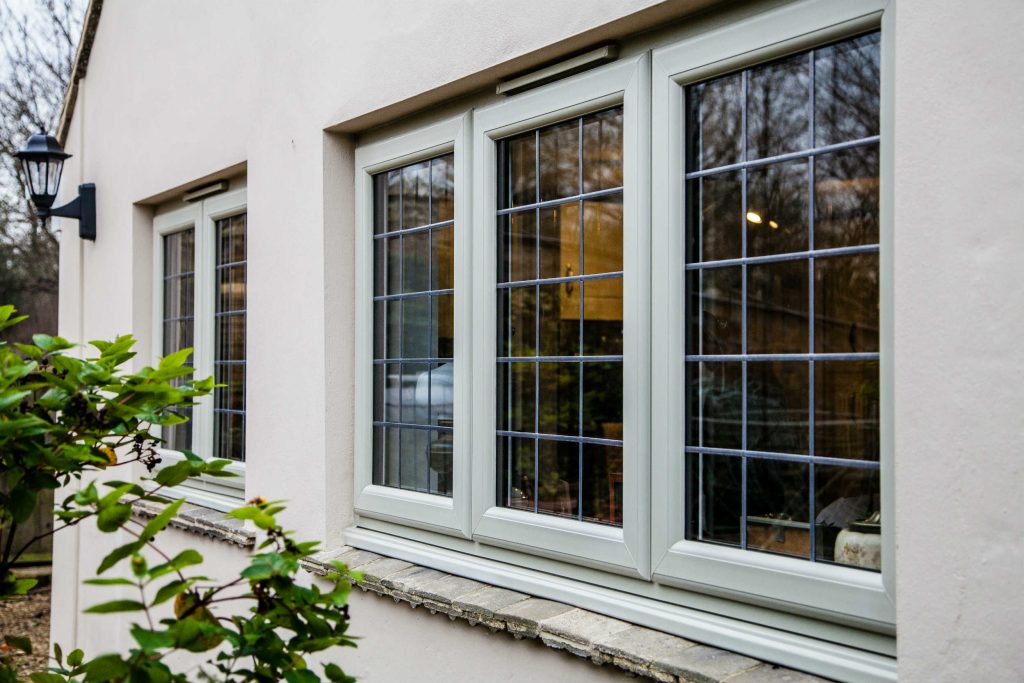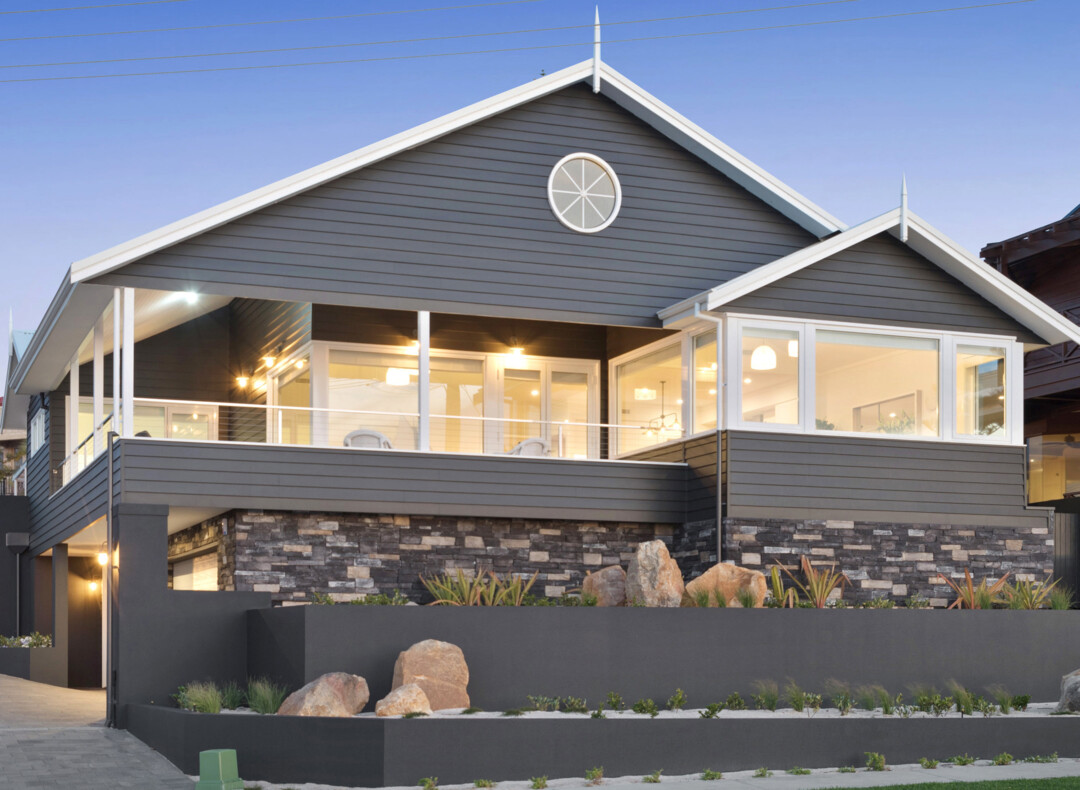All Categories
Featured
Table of Contents
What Are The Benefits Of Double Glazed Windows? in Bayswater WA
Glazing just implies the windows in your house, consisting of both openable and set windows, as well as doors with glass and skylights. Glazing really simply suggests the glass part, however it is normally utilized to refer to all elements of an assembly including glass, movies, frames and furnishings. Taking note of all of these aspects will help you to attain effective passive design.

Energy-efficient glazing makes your home more comfy and considerably decreases your energy costs. Improper or improperly designed glazing can be a major source of unwanted heat gain in summer and substantial heat loss and condensation in winter season. Approximately 87% of a house's heating energy can be gotten and approximately 40% lost through windows.
Single, Double Or Secondary Glazing, Which Is The Best ... in Champion WA
Glazing is a considerable financial investment in the quality of your home. The cost of glazing and the expense of heating and cooling your home are carefully related. A preliminary financial investment in energy-efficient windows, skylights and doors can significantly reduce your yearly cooling and heating bill. Energy-efficient glazing also reduces the peak heating and cooling load, which can reduce the required size of an air-conditioning system by 30%, resulting in additional expense savings.

This tool compares window selections to a base level aluminium window with 3mm clear glass. Understanding a few of the key homes of glass will help you to choose the finest glazing for your house. Key homes of glass Source: Adapted from the Australian Window Association The quantity of light that goes through the glazing is known as noticeable light transmittance (VLT) or visible transmittance (VT).
The Best Double Glazing Companies In Canberra in Warwick WA
This may lead you to turn on lights, which will result in higher energy costs. Conduction is how readily a product carries out heat. This is known as the U worth. The U value for windows (expressed as Uw), describes the conduction of the whole window (glass and frame together). The lower the U worth, the higher a window's resistance to heat flow and the much better its insulating value.
If your home has 70m2 of glazing with aluminium frames and clear glass with a U value of 6. 2W/m2 C, on a winter's night when it is 15C colder outside compared to inside, the heat loss through the windows would be: 6. 2 15 70 = 6510W That is equivalent to the total heat output of a big space gas heating unit or a 6.
Is Double Glazing Worth It? in Sinagra Western Australia

If you select a window with half the U worth (3. 1W/m2 C) (for example, double glazing with an argon-filled space and less-conductive frames), you can cut in half the heat loss: 3. 1 15 70 = 3255W The solar heat gain coefficient (SHGC) for windows (expressed as SHGCw) measures how readily heat from direct sunlight streams through an entire window (glass and frame together).
The lower a window's SHGC, the less solar heat it transfers to your house interior. Glazing manufacturers state an SHGC for each window type and style. The real SHGC for windows is impacted by the angle that solar radiation strikes the glass. This is known as the angle of occurrence.
What Are The Benefits Of Double Glazed Windows? in Trigg Western Australia
When the sun is perpendicular (at 90) to the glass, it has an angle of incidence of 0 and the window will experience the maximum possible solar heat gain. The SHGC stated by glazing manufacturers is always determined as having a 0 angle of occurrence. As the angle increases, more solar radiation is reflected, and less is transferred.
Latest Posts
Double Glazed Windows in Floreat Perth
Insulated Glass Unit – Igu in Lathlain Perth
What Is Triple Glazing? - Infinite Windows in Attadale Perth